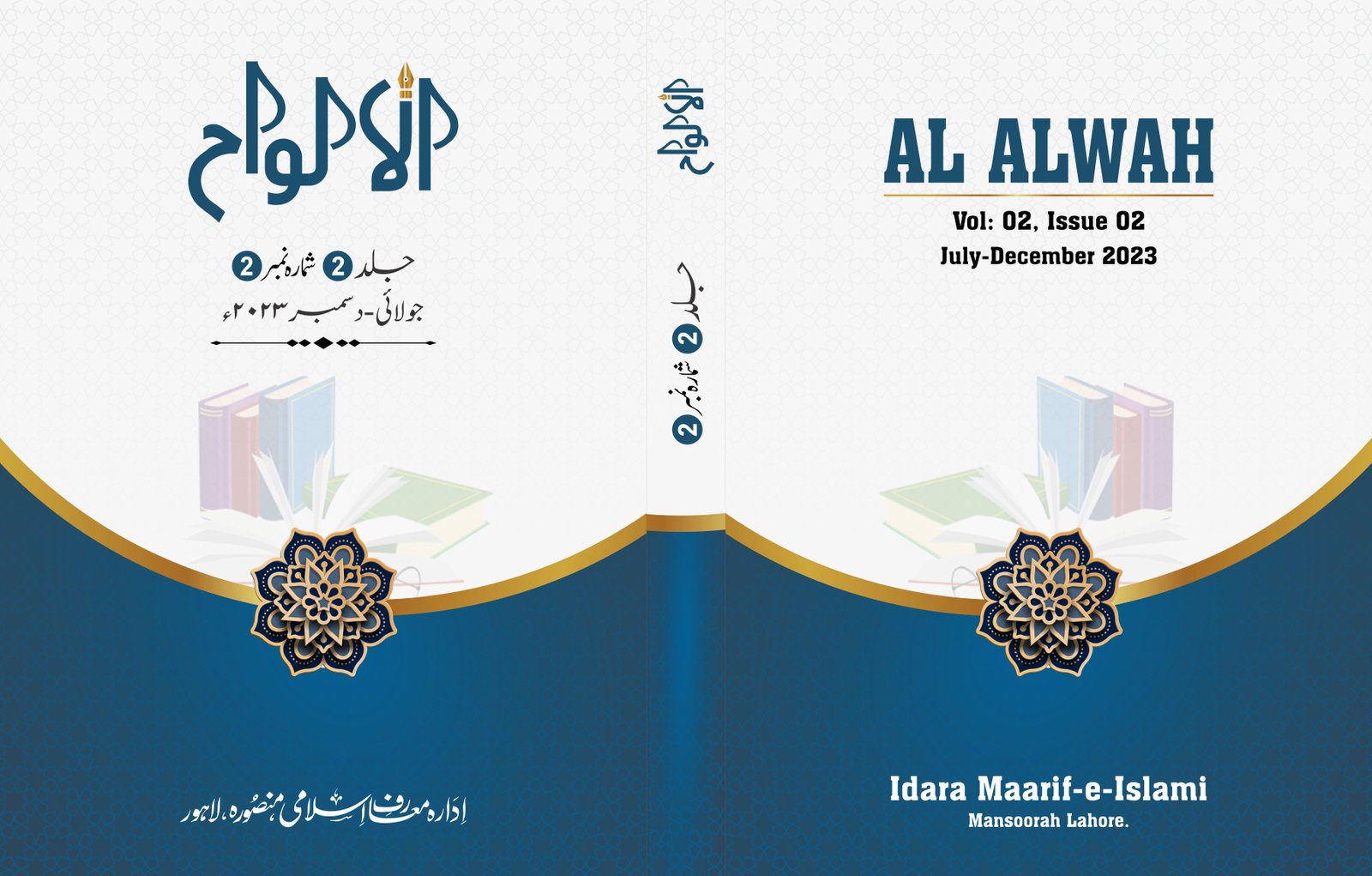The Psychological Androgynous: A Psychoanalytic Reading of Cathy Linton and Linton Heathcliff in Wuthering Heights ,
Keywords:
Psychological Androgynous, Carl Jung, Wuthering Heights, Archetypes, Anima, AnimusAbstract
Wuthering Heights, penned by Emily Brontë in 1847, stands as a captivating masterpiece of English Literature. The novel offers an exploration of passion, revenge, and the complexities of human relationships and personalities. It also reflects on gender dynamics. Many critics have explored the characters of Heathcliff, Catherine, and Edgar, focusing on gender stereotypes and psychoanalytic theories. However, no one has explored the characters of Cathy Linton and Linton Heathcliff. Therefore, this paper employs a psychoanalytic lens rooted in Jung’s (2023) archetypal theory to explore the androgynous aspects of Cathy Linton and Linton Heathcliff in Brontë’s (1847) novel, Wuthering Heights. Departing from traditional gender stereotypes, the study challenges societal norms by examining the anima and animus archetypes within each character. Utilizing a qualitative approach, the research conducts a close reading of the text, supported by insights from Jungian analysts and secondary sources. Linton Heathcliff is depicted as a fragile and effeminate character, embodying distorted anima traits, while Cathy Linton exhibits strength and assertiveness associated with the animus. The analysis reveals how the characters’ psychological struggles for anima and animus integration contribute to their complexities and dilemmas. Moreover, the study extends beyond the conventional focus on Heathcliff, Catherine, and Edgar Linton, concentrating on the less-explored characters of Linton Heathcliff and Cathy Linton. The findings underscore the fluidity and interconnectedness of masculine and feminine attributes, making an individual psychologically androgynous and fostering a more inclusive understanding of human identity. Through this exploration, Brontë’s (1847) Wuthering Heights emerges as a literary masterpiece that intricately weaves together the tapestry of human identity, prompting a nuanced reflection on societal constructs and social types.
Downloads
Published
Issue
Section
License

This work is licensed under a Creative Commons Attribution-NonCommercial-NoDerivatives 4.0 International License.






